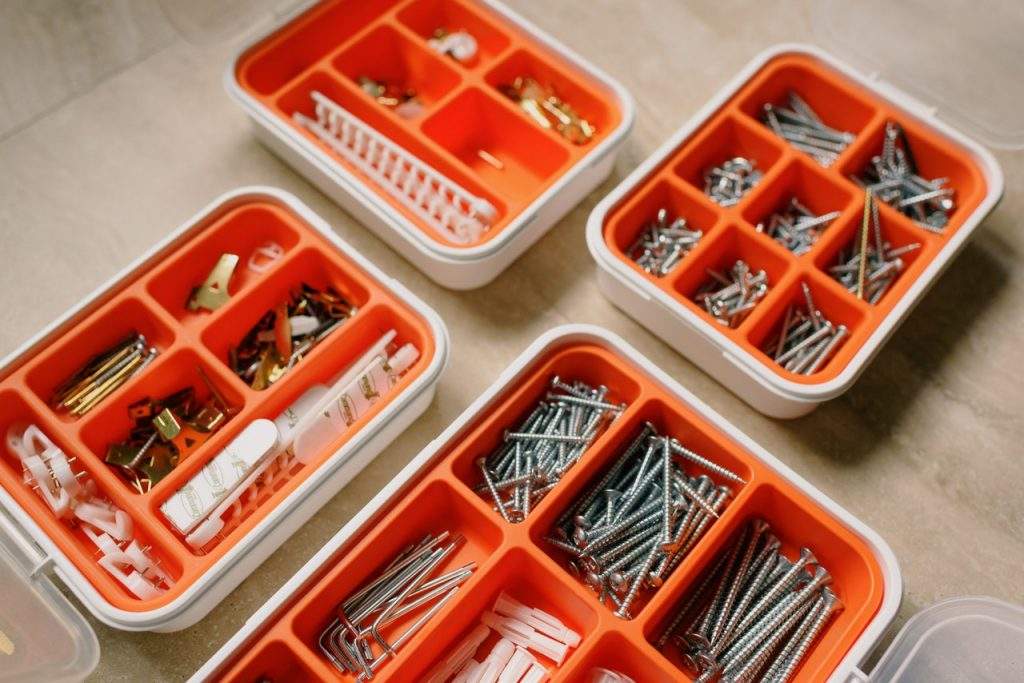
When it is considered just how many items in common daily use are of plastic construction or have some plastic parts, it is surprising just how many people find plastics difficult to work on.
The concept of a disposable, ‘throw away’ society tends to apply more to plastic products than other manufactured goods, and it is surprising just how many things are simply trashed rather than being repaired or restored.
Here are a few tips for those considering home plastic repairs:
The old heat trick
One of the common problems with items such as children’s toys or play and leisure equipment is they become dented or bent with daily use. Things like plastic bike fenders and outdoor play equipment often suffer from knocks or the rough play ‘wear and tear’ syndrome.
Most plastics become more malleable when a little heat is applied and can be massaged back into shape. For a larger plastic item, try using a glue gun or a simple hairdryer to apply heat to the damaged section. When warm, many dents and buckles can be easily pushed out.
For smaller plastic objects, try immersion in hot water for several minutes. Many plastic items will spring back to their original manufactured form.
Plastic welding
For the average person, the idea of welding is perhaps something that relates to the metal industry. Most people will naturally connect welding with metal joinery and repair.
In the same way, plastic welding can be applied to plastic and polyurethane products. In an extension of the old heat trick, a plastic welder uses hot gas or heated air to melt and blend components together. The idea here is to either apply concentrated heat to melt and fuse them together or to heat the damaged area and apply an additional plastic weld to provide additional filler and strength.
Plastic welding comes into its own for repairing cracks and breakages that cannot be repaired by glue or adhesive. The repaired weld is strong and long-lasting.
Using a plastic patch
If the damage is a hole rather than a fracture or break, a plastic patch may be the solution. Firstly, cut a suitable-sized patch from a similar plastic to the item. With so many disposable plastic products lying around the average home, a suitable ‘donor’ can generally be found! Alternatively, pay a visit to a craft or hardware store.
Once again, heat is your friend. Using a good heat source – in this case, a heat gun is preferable – spot heat the repair region until the plastic is malleable. The repair can then be massaged using a suitable metal item like a spoon, a spatula, or a trowel.
Working with plastic glue
For many repairs, most people simply resort to using glue. If this is the case, make sure the correct glue is applied. For plastics, the most appropriate glue is either a cyanoacrylate glue or a glue used for plastic modeling.
For ABS plastics, acetone solvent is very effective in assisting to melt items.
Safety tips
Whether working with heat or glue, make sure appropriate safety items are used. Protective gloves may be required when working with heat guns and heated repairs. For working with plastic glues and solvents, avoid inhaling fumes and avoid skin contact.
Try working on some discarded plastic items to hone those repair skills, and consider repairing it rather than throwing it away!